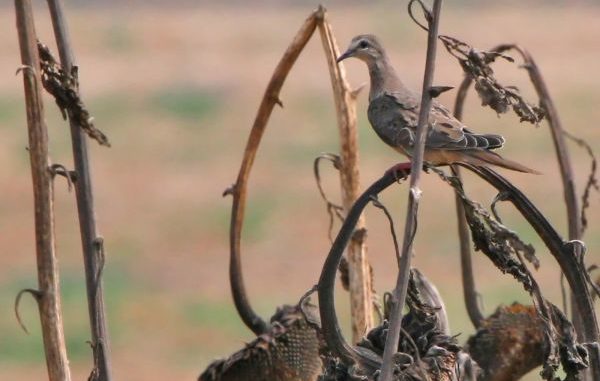
It’s a given that food keeps animals around.
Food plots attract and hold deer.
Anything attracts and holds hogs.
And birdseed attracts and holds birds.
Since doves are birds, it’s no wonder cities and suburban areas are becoming new dove habitat.
Sure, we live in the country, but my mother’s backyard is full of doves taking advantage of the cracked corn she scatters on the ground.
And I can’t figure out what it is they’re eating, but I can hardly turn into my driveway without flushing a few doves from the edge where the gravel meets the grass.
It’s one thing for food sources in the country to attract and hold doves, but suburbs seem to be holding so many resident doves that they are almost acting like refuges.
A lot of these suburban areas were built in what used to be dove habitat anyway, so add all the bird feeders in places where doves used to want to be and you can see why suburbs hold so many doves.
“And being quasi-social, doves fly toward other doves,” LDWF’s Mike Olinde said. “Large groups of birds come down and they find resident birds, so they go to them. That’s when we get some urban and rural doves intermixing.”
Although banding studies have shown there to be a different mortality between birds banded in more rural areas and those in urban settings, there is some exchange between the population.
Olinde said that, although they are the same genus and species, there also is some size difference between rural birds and urban birds.
“It’s not like what people talk about with big migrant birds, though,” he said. “What’s happening — look at our hatch. We have them hatching into September, although it’s calming down by then.
When people see a large bird, it’s just as likely a city dove that’s full grown or a rural dove that didn’t migrate out.”
Olinde knows birds perhaps move throughout the state even before opening day. He can point to birds banded in Concordia Parish during July that got shot in Central Mississippi on opening day.
It’s not a big move, but they do move.
And a bird banded by the Slidell health department for a West Nile study was shot at Red River WMA.
“It hadn’t left the state, but it did move north,” Olinde concluded.
So the signs are there that the same creature comforts that attract and hold people to suburban areas are also attracting and holding doves.
Are they homebodies? Probably not, but they definitely have a lot of reasons to stick close to home.


